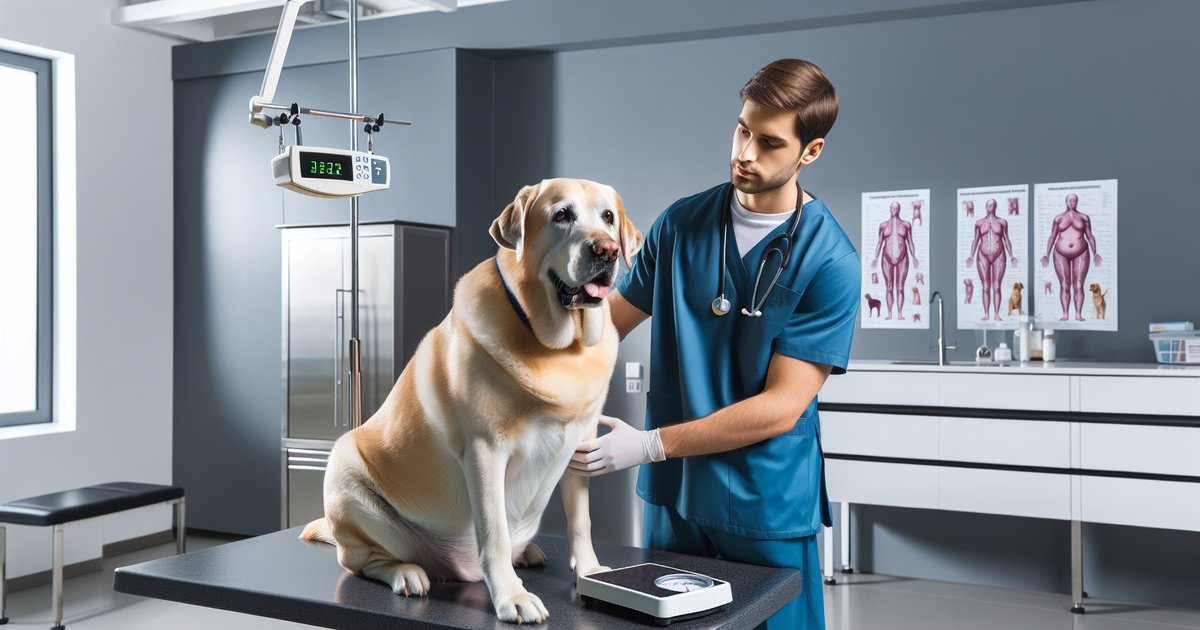Introduction
Feline obesity is a growing concern for pet owners and veterinarians alike, impacting nearly one in three cats in developed countries. Excess weight puts cats at risk for diabetes, arthritis, and shortened lifespans, making effective weight management a top priority in companion animal health. Yet, many cat owners find traditional weight loss programs for their pets challenging—strict diets can be hard to follow and may result in undesirable side effects, such as loss of lean muscle.
A recent study published in Frontiers in Veterinary Science offers a promising alternative. Researchers found that a “partial” weight loss approach—where cats aim to lose some, but not all, of their excess weight—can help obese cats slim down more efficiently while better preserving muscle mass. This research could signal a shift in how veterinarians and owners tackle feline obesity.
Why It Matters
Partial weight loss plans may help cats shed pounds safely while maintaining muscle mass—potentially making weight management more achievable for both cats and their owners.
Study Snapshot
| Study Design | Subjects | Intervention | Duration | Primary Outcome |
|---|---|---|---|---|
| Observational cohort | 58 obese pet cats | Partial vs. complete weight loss protocols | Variable | Weekly % body weight lost |
Key Findings
The study found that cats on partial weight reduction plans lost weight at a faster and more consistent rate than those on complete reduction protocols. On average, cats in the partial group lost 0.81% of their body weight per week, compared to 0.61% per week in the complete group. Both groups ultimately achieved similar total weight loss—about 23–25% of starting body weight—but the partial group reached their targets more efficiently.
Notably, the partial reduction group preserved more lean muscle mass. While the complete reduction group experienced a significant decline in lean tissue, the partial group’s lean mass loss was minimal. Additionally, cats on the partial plan required fewer veterinary visits, indicating that this approach could be less stressful for pets and more convenient for owners.
Context & Caveats
Other studies have highlighted challenges with aggressive feline weight loss, including muscle loss and high rates of weight regain (German et al., 2010, J Feline Med Surg). Unlike those regimens, the partial reduction strategy—well established in human medicine for its sustainability—had not been systematically tested in cats until now. However, this study was observational and not randomized, leaving room for owner motivation or home care differences to influence results. The sample size was modest (58 cats), and the research did not assess long-term weight maintenance after the program ended.
Practical Takeaways for Pet Owners
- Set Realistic Goals: Work with your veterinarian to establish moderate, achievable weight loss targets for your cat, rather than aiming for a rapid return to “ideal” weight.
- Monitor Diet Quality: Choose high-protein, nutritionally balanced foods—such as grain-free wet cat food—to support muscle retention and satiety during weight loss.
- Reward Smartly: Use healthy, portion-controlled treats like Shameless Pets Crunchy Cat Treats for positive reinforcement without excess calories.
- Stay Consistent: Fewer clinic visits may be needed with a partial plan, but regular weigh-ins and check-ins with your vet are still important.
- Always Consult Your Veterinarian: Never start a weight loss plan without veterinary supervision, as rapid or unsupervised dieting can cause dangerous health issues like hepatic lipidosis.
Expert Comment
“Partial weight reduction protocols mirror what we see in successful human weight management—sustainable, achievable goals often lead to better long-term outcomes. This study gives us new tools to help our feline patients lose weight without sacrificing muscle or quality of life.”
— Dr. Lisa Freeman, DVM, PhD, DACVN, Professor of Clinical Nutrition, Cummings School of Veterinary Medicine at Tufts University
Next Steps in Research
Future studies should assess the long-term health impacts and weight maintenance success of partial reduction protocols in a larger, randomized setting. It also remains unknown how these findings translate to cats with concurrent illnesses or in multi-cat households. Continued research will help refine guidelines and ensure the safest, most effective strategies for feline weight management.
Recommended Products
Based on the research findings discussed in this article, we’ve carefully selected these top-rated products to help you implement healthy, sustainable weight management strategies for your cat. These products are chosen for their quality, customer satisfaction, and alignment with the scientific evidence presented.
Amazon Brand - Wonder Bound Wet Cat Food, Pate, No Added Grain, Variety Pack
Shameless Pets Crunchy Cat Treats - Catnip & Digestive Support
Temptations MixUps Surfer's Delight Flavor Crunchy and Soft Cat Treats, 16 oz. Tub
Amazon Brand - Wonder Bound Wet Cat Food, Pate, No Added Grain, Variety Pack
Disclosure: We only recommend research-based products that support your pet’s health. As an Amazon Associate, we earn from qualifying purchases at no additional cost to you—helping us fund our mission to provide cutting-edge research to all pet lovers.
References
- Frontiers in Veterinary Science. (2023). Weight Loss Strategies for Obese Cats. DOI: 10.3389/fvets.2023.1211543
This article summarizes peer-reviewed research for educational purposes. Always consult with your veterinarian for personalized advice about your pet’s health and behavior.


